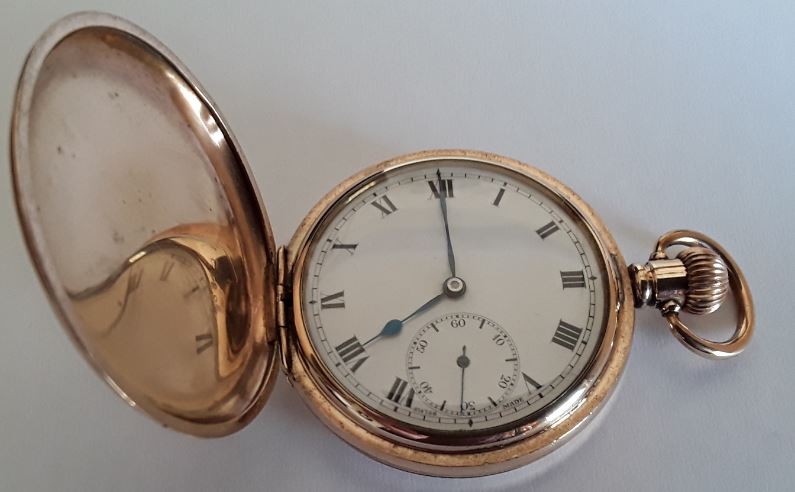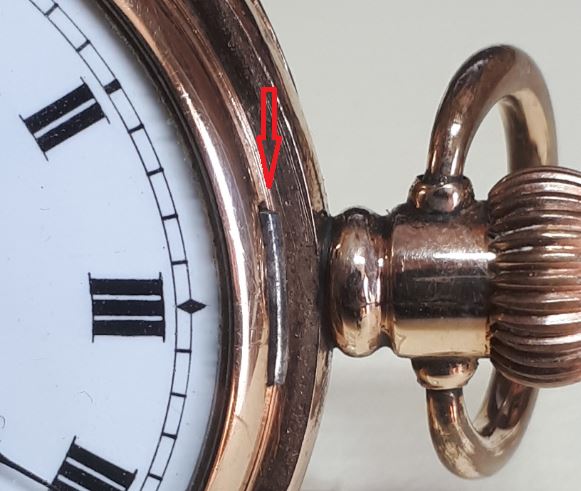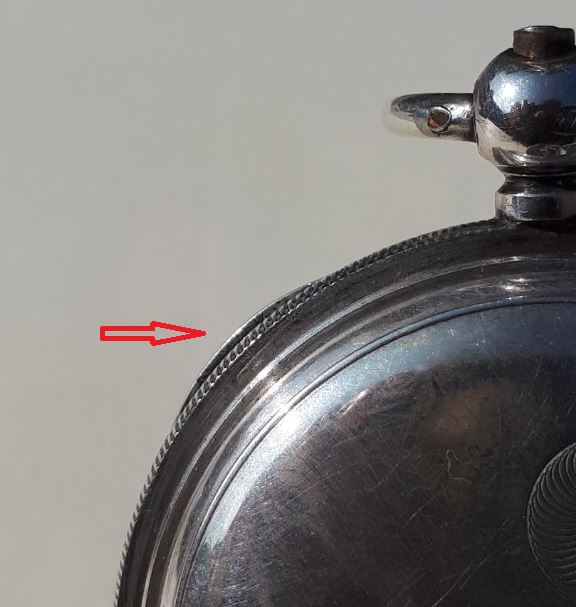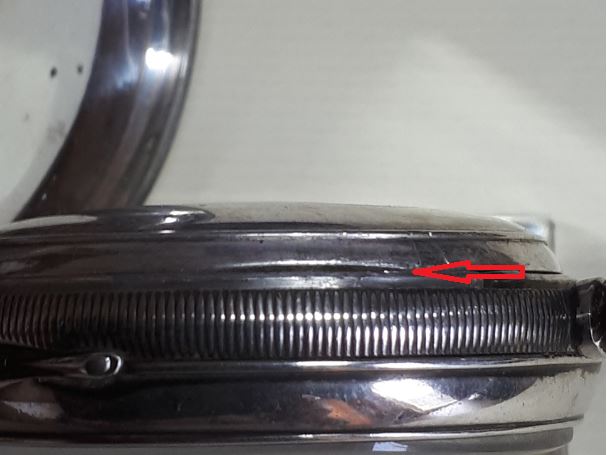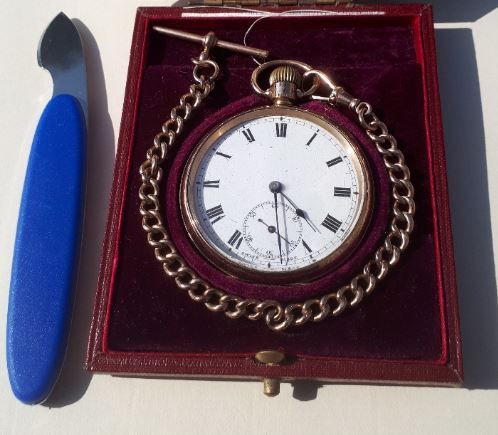Last updated on July 2, 2024
There are several different types of cases you will come across when collecting antique pocket watches. At the top level, there are two main types of pocket watch, open-faced or hunter-cased. An open-faced pocket watch, as the name suggests, has nothing covering the dial other than the crystal. A hunter-cased pocket watch, either full or half hunter, has a hinged, spring-released cover protecting the dial and the crystal. In this post, we will look at how to open antique pocket watch cases.
There are a couple of reasons why you need to know your case types. Firstly, if the pocket watch is key-wind and key-set you will need to open the case to set the time and wind the watch. Secondly, to view the movement the case back will generally need to be opened. Most pocket watches will have an outer case back and a separate inner dust cover.
The correct way to open and close a hunter-cased pocket watch
A hunter case has a latch, usually made of steel, which catches on the rim of the front cover. This keeps the front cover closed. To open the watch, depress the crown which is connected via a spring to the latch. The front cover should pop open to about 90 degrees, revealing the dial beneath.
When closing a hunter-case watch, it’s important not to “snap” the front cover shut. This can cause wear on the cover-rim where the latch engages. This is especially the case if the case is gold or gold-filled. The steel of the latch is typically much harder than the metal used for the case. Once the case rim is worn out, the latch will no longer hold and it will be difficult to close the cover. At this point, the only real option is to have the cover repaired by a skilled metalsmith. The latch is indicated by the red arrow in the image below.
Additionally, it is also important to close the cover gently from the rim. The clearance between the cover lid and the crystal is very small. It is possible to break the crystal if the cover is closed forcibly from the centre of the case.
To close the cover on a hunter-case watch: depress the latch button, then close the cover gently from the rim and then release the latch button. This simple habit will save damaging the crystal or wearing out the cover rim.
Pocket watch case back types
As the name suggests, a hinged case back is attached to the case body with a hinge. On open-faced pocket watches the hinge is typically found at the 6:00 position. In contrast, on hunter-cased watches, where the movement is fitted in a “side-winder“ configuration, the hinge will be at the 9:00 position.
On key-wound, key set watches, pressing down on the crown will generally open the back cover revealing the winding arbor. Additionally, the front bezel needs to be accessed in order to set the time. Usually, there will be a small lip or notch on the bezel on the side furthest from the hinge. The notch allows you to open the bezel using a fingernail and then set the time using the key.
Most pocket watches with hinged case backs have both an outer metal cover and an inner dust cover. The inner cover, also known as a “cuvette”, has its own separate hinge. The cuvette will open in the same manner as the outer cover by using a case knife in the slot provided. It is not at all unusual to have a myriad of tiny scratches around the notch as a result of case knives slipping or the wrong type of tool being used. The red arrow in the image below shows the knife slot on an inner dust cover.
Typically, the case back for stem-wound, stem-set watches don’t open in the same way. This is because there is not a daily need to open the case back to wind the watch. These case backs are not designed to be opened as easily. There will be a very small groove on the opposite side of the case to the hinge. The case back is opened by inserting a case knife into the notch. The case then snaps shut upon closing.
Swing-out case
Swing-out cases are slightly different. The read cover pops open when the crown is depressed to reveal the winding arbor, but the inner dust cover is fixed. The bezel opens to allow the time to be set, but there is also a small catch that allows the movement to be released. This then swings out on a hinge from the front of the watch.
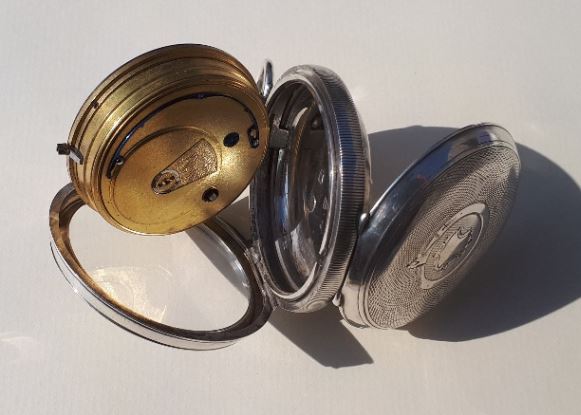
Screw-off case back
As the name suggests, the backs of these sorts of pocket watch cases simply unscrew. If it’s a screw-off back there will be no hinge attaching the case back to the body of the case. It will have a seam-line that runs around the entire case separating the case back from the body of the case. Typically, the case back will screw off counter-clockwise and screw on clockwise.
If the pocket watch has suffered some damage from corrosion it can be very difficult to remove the case back. If you are unable to open it by hand, avoid the temptation to use tools as you can seriously damage the case back. It is probably best to let a professional remove the case.
Snap-off case back
A snap-off case back is fully detachable from the case body, just like a screw-off case back. The difference is that the snap-off case back isn’t threaded. It simply “snaps” into place on the back of the watch case. There will be a small notch on the rim of the case to insert a case knife to pop open the case. There can be alignment marks or pins, so care needs to be taken when closing a snap-off case back. If everything is aligned correctly the case should snap close with minimal effort.
A list of additional posts regarding antique watches can be found on the Guides page.
